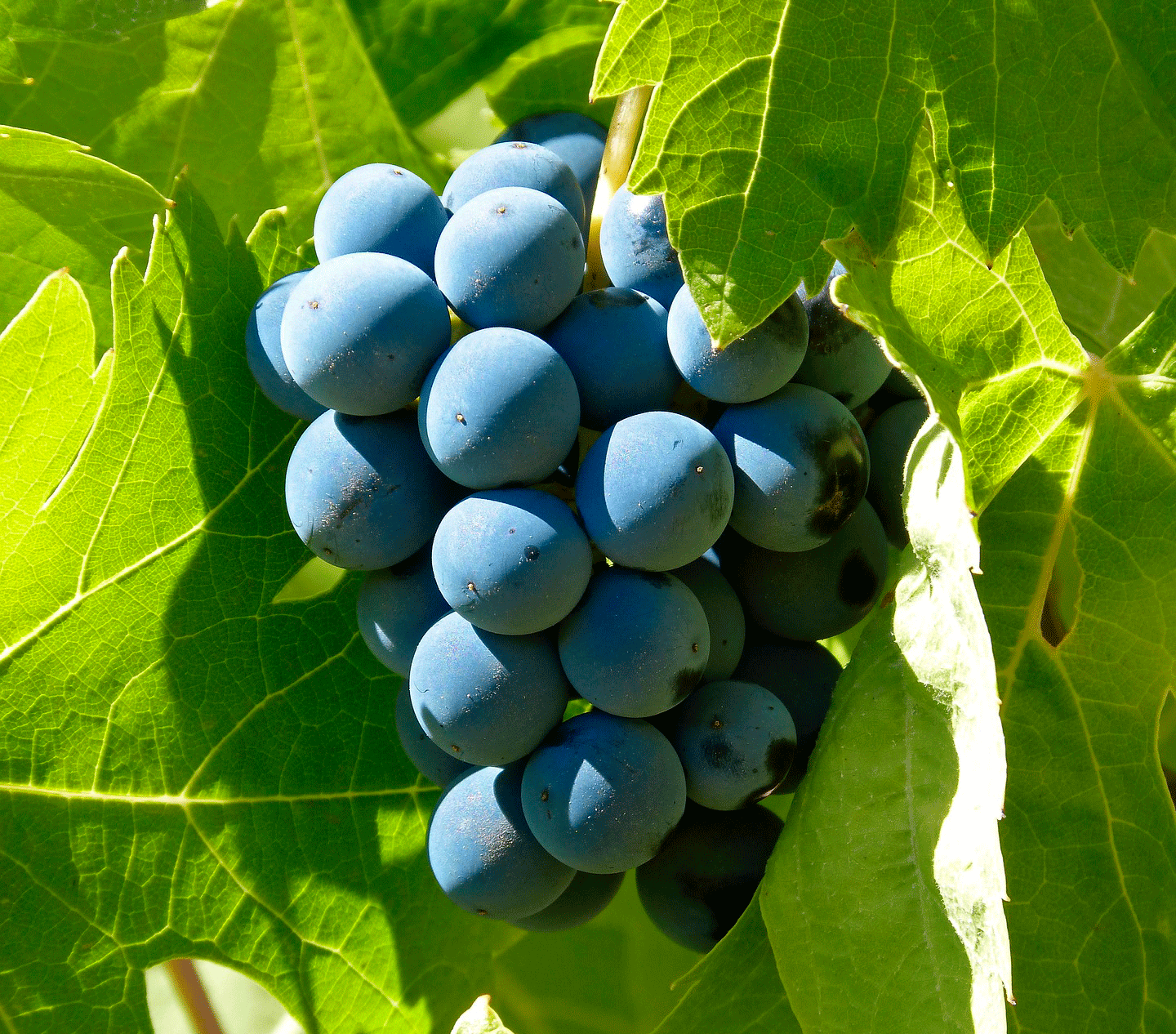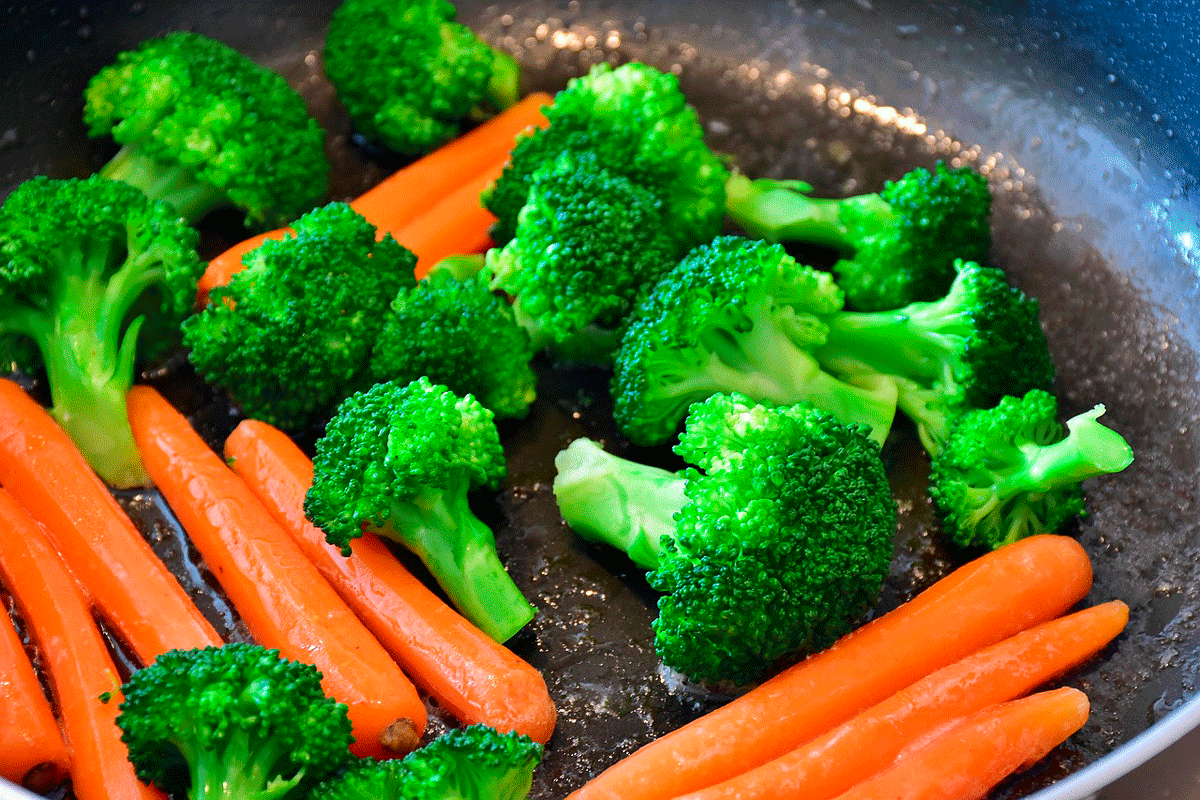BLOOD IN THE VEINS
GARNACHA

"A few steps, natural or poorly composed with brick and mortar, give way to the interior of the cellars, to which one descends almost always stumbling, dazzled by the sudden transition from the clarity of the sky to the shadows that envelop their galleries."G
Wine, culture and art
Thucydides, historian, 5th century B.C., said that "The people of the Mediterranean began to emerge from barbarism when they learned to cultivate the olive tree and the vine". The oldest archaeological records date wine making from 6,000 and even 7,000 BC.
Wine has accompanied human beings since the beginning of civilization. Closely related to the sacred, wine has been present in social relations as a festive element, and has contributed to the strengthening of social ties in human communities throughout history. Dionysus, in ancient Greece, Bacchus in Rome, the gods of wine, and of the great banquets in which wine played a leading role.
Wine, as a cultural element, has its roots in the Roman domination. The Romans extended the cultivation of the vine and the elaboration of wine throughout the Empire, but the establishment of vineyards in Gaul was the beginning of today's viticulture.
Many artists have been inspired by grapes, wine and its symbols throughout the history of mankind. The coat of arms of Tarazona features a bunch of grapes that, according to legendary traditions, may have been brought to these lands by the founder of the city, Tubalcain, grandson of Noah.
The Jewish community, so important in the Borja-Tarazona area, had a notable relevance in areas of wine production; they were owners of vineyards, tenants and wine producers. Biblical texts contain abundant references to wine. It is a very ancient ritual and symbolic element of Jewish religious practice. The production of Kosher wine, a term used to designate food and beverages made according to the requirements of the Jewish religion, was destined for consumption in the taverns of the Jewish quarters and aljamas. Already in the Middle Ages, the abbots and monks of Veruela were the guardians of the tradition and development of vine cultivation, as evidenced by the old cellars of the Monastery of Veruela.
Today, the production and consumption of wine is widespread throughout the world. The diversity of soils, climates, the wide range of vine varieties, the winegrowers themselves, the methods of vinification, aging and conservation have given rise to a great variety of wines.
The process: from the vineyard to the winery.
The "lloro", flowering, ripening and harvesting are the work inherited from our ancestors. A way of doing things transmitted by common sense and know-how.
With cabinets, known in other lands of Aragon as fanzinos, the grapes were collected in wicker baskets called cuévanos or covanos. Made by the hongaros, submission was to transport the grapes from the field to the horses or wagons.
When the grapes had arrived at the cellar, they were poured through the lumbreras. They were chimneys in stone that were introduced several meters into the ground, until they reached the so-called pisadera (a kind of stone floor). The "pocico" was the space excavated in the rock that had the purpose of collecting the must that sprouted after treading the grapes. The wine was manually racked from the well to the vat using wooden chamois. The ideal wood for this purpose was elm.
The vats had three basic mouths. The first, lateral, in the shape of a half moon. The second at the top of the vat, the "brullidor" or "trapa" and finally the third called "canilla" or "testavin". The mission of the vat was the fermentation of the must together with the raspa and the grape marc. It used to take fifteen to twenty days. It was a delicate moment due to the presence of carbon dioxide, known as tufo.
Then came the pressing. The oldest presses we can find were made of wood. They had a head in the shape of a pyramid trunk with four round mouths. The head was inserted into the spindle. Around it there were two semicircles made with wooden ribs, which were called lanterns or cubillos. Their mission was to enclose the breeze, squeezing it, and to avoid that, when the head came down pressing, the grape treading would not spill out. To make more force, there were several pieces of wood, called dowels, and two half-moons of wood, which were the first to press the breeze. The most usual thing in a pressing was to do it three times. Two of first and one of second. The mystery consisted of squeezing every last drop of wine from a pressed and fermented breeze. To separate the pressed breeze with marganchos was called escarmenar la brisa. It was sold to make liqueurs such as aniseed or brandy.
This process can still be seen in the lands of Moncayo. Walking, talking in the solanas of the cellars, in the pipes and in the sacristies of the cellars, observing the works in the field, looking at the old objects as if they were relics of the past. As a testimony of the passage of time, located in heritage and historical-artistic resources of the first order such as the monastery of Veruela or under the castle, such as those of Ambel or in the palace of Bureta. A second group of wineries, more numerous, exists on the outskirts of the town, both in Campo de Borja and in Tarazona and Moncayo. Imbricated, continuing, the urban layout more often than not, but forming part of the collective image of the population and often being a key element in the "panoramic landscape photo". They are the wine cellars on the hill. A recreational space, a place to work and to eat roasted potatoes as "before".
The Campo de Borja D.O. and the Garnacha Route.
25 years ago, Garnacha wine was the portrait of the Spain of the recio in bulk; of the anonymous wine, of the wine with beret, of the porrón and boot in the field, and of "ponme un tintico".
Currently, the "Empire of the Garnacha" extends to the foothills of Moncayo. The Campo de Borja Designation of Origin, through its wineries and cooperatives, turns its work into the best letter of introduction of a territory.
Grenache originates from Aragon, where we are pioneers in varietal monovarietal. An extreme climate, with very hot summers and very low temperatures in winter, means that these villages in the area of the Queiles and Huech rivers can produce really special garnacha grapes.
Sixteen municipalities make up the Campo de Borja Denomination of Origin. This Garnacha Empire plants its vines between 350 and 750 meters above sea level, with limestone soils rich in nutrients. With an annual rainfall of between 350 mm and 450 mm. Likewise, the Cierzo, that cold, dry wind from the northeast, has very positive effects on the health of the vineyard, as the ventilation it brings prevents a series of diseases common in other areas. It also produces a desiccant effect, eliminating the humidity that can be generated by inopportune rains, especially during the harvest period.
The resulting product is one of the best gifts that Moncayo gives to the visitor. A way to take home the flavors, aromas and emotions transmitted from generation to generation. The Garnacha Route is the common factor that unites the lands from the Borja region to the banks of the Queiles. A carpet of vines extends throughout the territory and with them, the different ranges of colors of a Moncayo, imaginary and imagined by Machado.
The fermented grape juice is the protagonist. Garnacha wine, thanks to its fruit, its soft tannins and its pleasant aftertaste in the mouth, is a perfect variety for gastronomic pairing. The quality of Campo de Borja wines has been internationally recognized for its quality. They can be found in many of the best restaurants in the world.


 Español
Español English
English